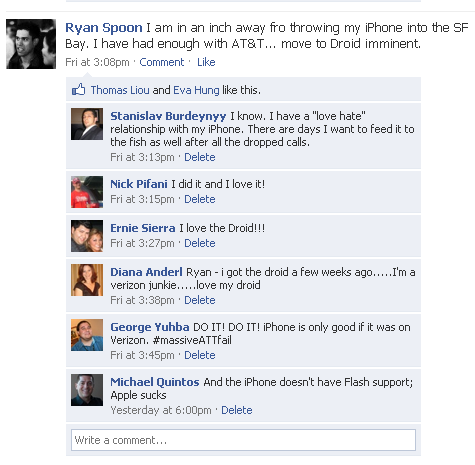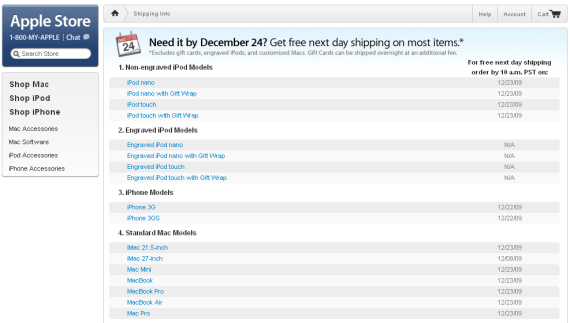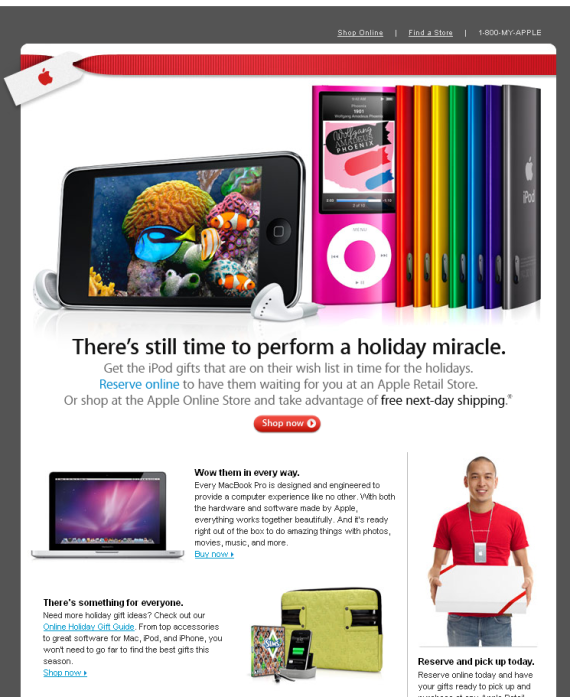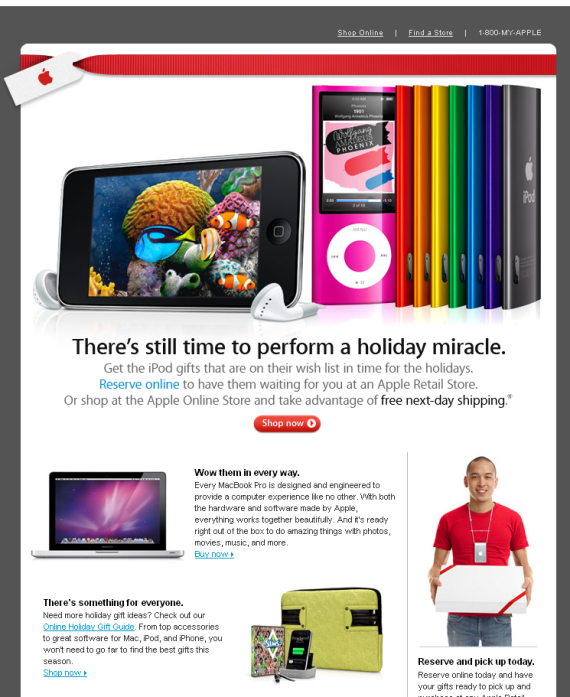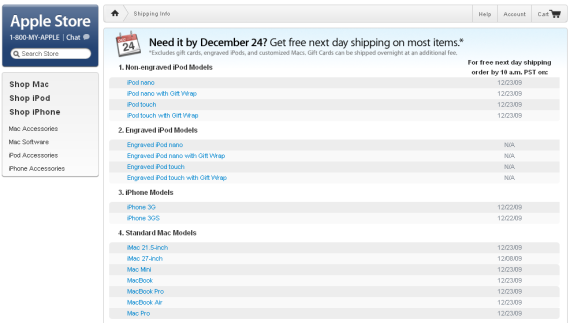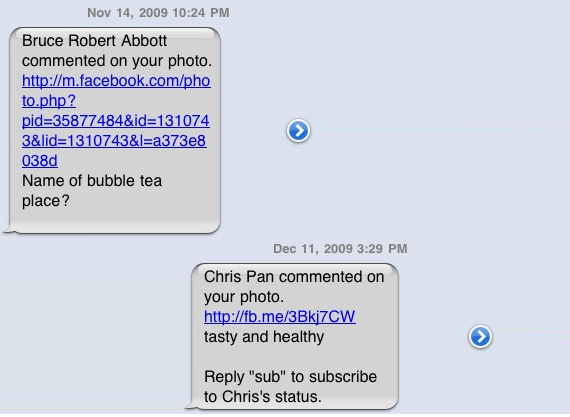Amazon Wants to Remind You: There is Still Time to Get it by December 24
As Christmas approaches, your inbox has probably filled with reminders from brands and websites that the shipping deadline is looming. For e-commerce sites, Thanksgiving through Christmas is a seasonal highlight for the business... but it quickly tapers the days before Christmas as shipping / deliveries become as issue of feasibility, reliability and scheduling conflict (travels often begin days before the holiday). So e-commerce brands do their best to remind consumers that: - it's not too late to order online, and - they can and will deliver reliably
There are several examples below, but the best (as is usually the case) comes from Amazon: "Fast Shipping: There is still time to get it by December 24". There are three options laid out: - Two day shipping will get it by Dec 22 (free) - One day shipping will get it by Dec 23 ($3.99) - Same day deliveries via Local Express will deliver on Dec 24 ($5.99)
Android Now 27% of Smartphone Requests (Doubled since August); Droid Now 15% of Android Devices
Interesting and impressive data around Android and the Motorola Droid from two sources today: AdMob's November "Mobile Metrics" report and Betanews.
- According to Betanews, 15% of all Android handsets are now Motorola Droids - And, according to AdMob, the Droid represents 25% of all Android mobile requests Most impressively - and most importantly - Android's growth is significant. Android now represents 27% of smartphone requests - up from 20% in October, 17% in September and 13% in August. That means, since August, Android's has more than doubled it's market activity as defined by AdMob's request metrics (which is based on their huge mobile footprint and is directionally accurate).
More Android tidbits from AdMob: - Traffic from Android devices has increased dramatically over the last year, particularly with the new devices launched in the last two months. Android generated 27% of smartphone requests in the US in November 2009, up from 20% in October 2009. - In November 2009, 88% of Android traffic in the AdMob network was generated in the US. The UK was with second largest market with 4% of requests. - As the number of Android devices proliferates around the world, the popular Android handsets may vary from region to region. In the US, the Motorola Droid quickly became the number two Android handset with heavy marketing support from Verizon. In the UK, the HTC Dream, HTC Magic and HTC Hero make up 92% of Android requests.
Android Data from November 2009
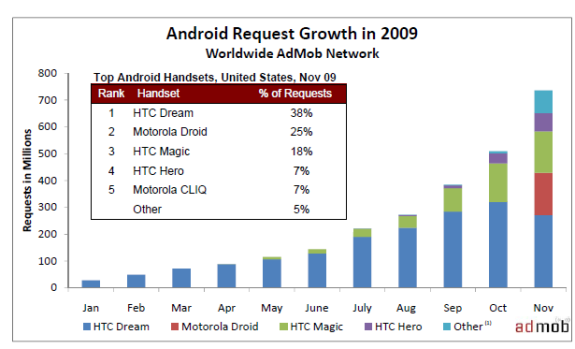
Android Data from October 2009 (when I wrote, Android is about to explode)
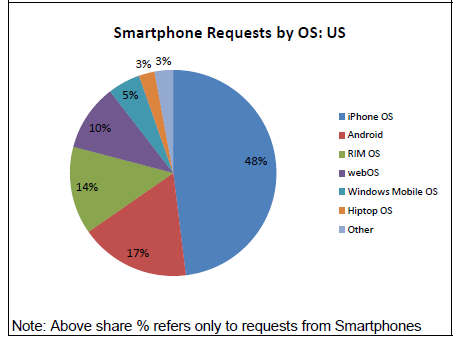
Electronic Arts has Seven of iPhone's Top 25 Grossing iPhone Apps
It's no surprise that big brands represent a significant share of the iPhone's top grossing iPhone applications. Here is another proof point: Electronc Arts itself represents seven of the iPhone's twenty-five top grossing applications... each of which is priced similarly ($4.99 is the common price-point) and carries a big brand name (either a gaming staple like Madden / The Sims or a board-game staple like Battleship / Scrabble):
#3. Battleship ($2.99) #13. Dragon's Lair ($4.99) #14. Tetris ($4.99) #18. The Sims 3 ($6.99) #20. Need for Speed ($4.99) #22. Madden NFL 10 ($6.99) #23. Scrabble ($4.99)
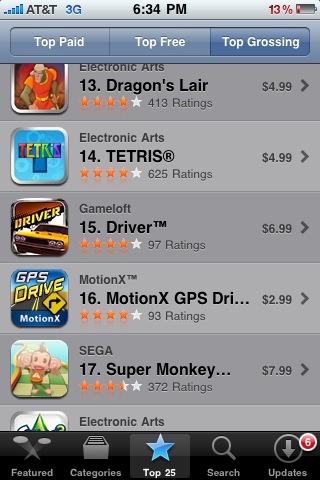
eBay's "Come to Think of It" Campaign Arrives on Gizmodo
eBay's "Come to Think of It" advertising campaign is all over television... and is now making its way across the internet as well. The below screenshots are of a matching campaign on Gizmodo. The ad units feature the stars from the TV spots ("The Michaels") and the color scheme is very much eBay (which is quite bold on the Gizmodo layout). The interesting part about the ad units is its interaction with Gizmodo's standard navigation pane and content. The ad begins across the top of the page and then fades to reveal each of the 'featured' story tiles. It draws the eye to both the eBay units (including the bigger 300x300 unit) and it brings attention to the 'story' tiles (which is also in Gizmodo's benefit).
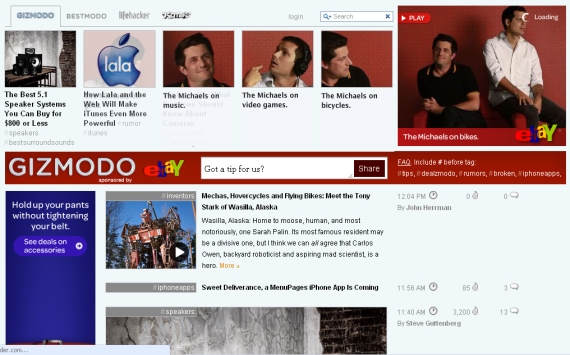
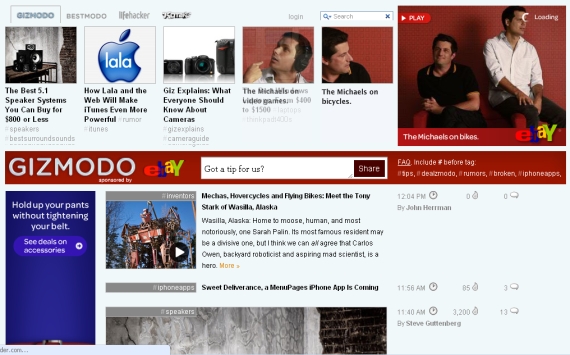
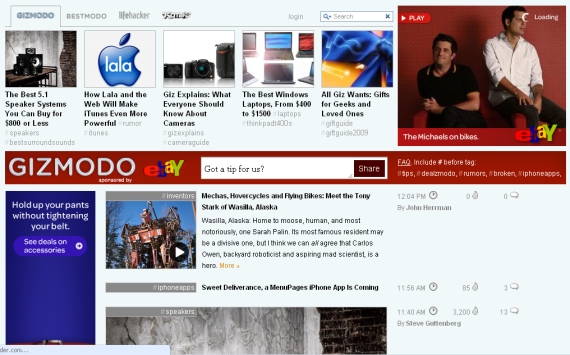
Amazon PayPhrase: Incentivizing Growth with 5% Cashback to Use
PayPhrase is an attempt to easily enable off-Amazon merchants to easily integrate Amazon identity, purchasing and shipping; and, it is clear that Amazon considers PayPhrase a strategic priority. Perhaps PayPhrase is a foward-thinking response to Facebook Connect and the much anticipated Facebook payments platform (whatever it initially and ultimately looks like). Perhaps it is the next wave of growth (ala PayPal). What is Amazon PayPhrase?
PayPhrase is an easy-to-remember shortcut to shipping and payment information in your Amazon.com account. Use it for Express Checkout at Amazon.com and across the web.
Why Should I Use a PayPhrase?
Privacy: Shop securely across the web without sharing your credit card. Express Checkout: Speed through checkout without having to sign in. Parental controls: Let teens shop online within limits you set.

On Amazon, PayPhrase is being heavily promoted - both in traditional ad placements and as an appetizing "special offer" of 5% cashback:
 Off Amazon, PayPhrase has even bigger discounts. Below is a 10% off on purchased made with PayPhrase on CarToys.com. Buy.com, Jockey, DKNY, Patagonia and other major merchants also enabled PayPhrase in time for holiday shopping:
Off Amazon, PayPhrase has even bigger discounts. Below is a 10% off on purchased made with PayPhrase on CarToys.com. Buy.com, Jockey, DKNY, Patagonia and other major merchants also enabled PayPhrase in time for holiday shopping:
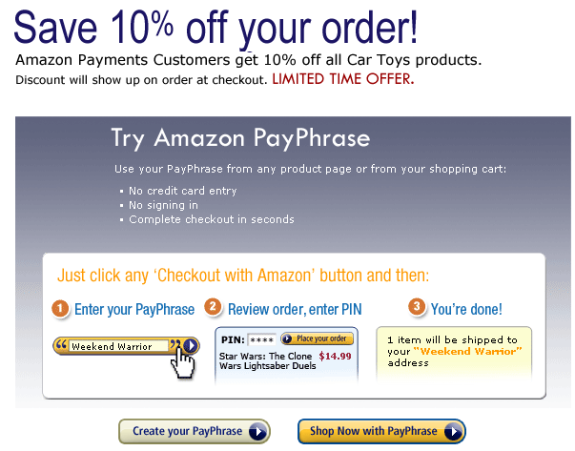
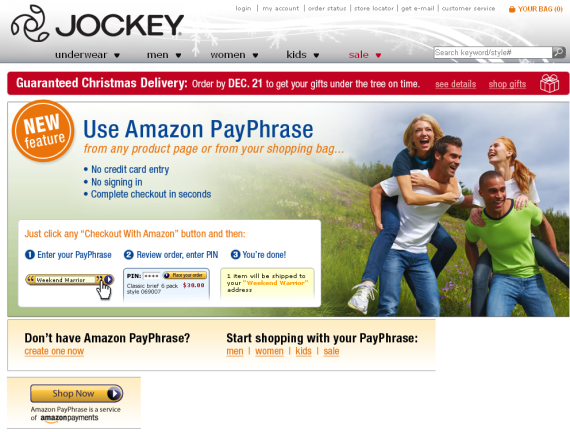
Bit.ly Celebrates Hanukkah
And just to continue the URL shortener theme... I just noticed that Bit.ly celebrates Hanukkah with a really funny / clever graphic. It's part underwater blob (their normal 'mascot') and part dreidel:
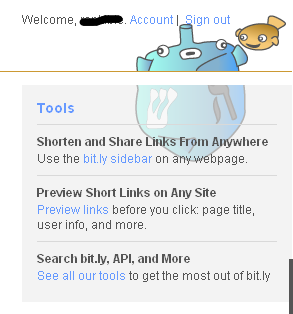
Bitly Update from TechCrunch: Bitly Pro Launches
One Week: Facebook's FB.me and Google's Goo.gl
I wrote on Saturday that Facebook had rolled out a new URL shortener, FB.me (covered on InsideFacebook here):
Today, Google announced their own shortener: Goo.gl. Interestingly, it is available only on the Google Toolbar, as a Chrome extension and with Feedburner.

Like Facebook, it is clearly a move into penetrating the real-time web and its culture of sharing / clicking. It is also a way to determine trending and velocity while delivering analytics to publishers, users and brands.
And as it pertains to brands, it will be interesting to watch whether brand plays a role with URL shorteners... or whether success is a function of in-application / in-site availability (for instance, all things being equal, FB.me should win on Facebook). The real battle will be for off-domain activity - Google's toolbar is a powerful tool here and Facebook Connect could / should play a key role as well. As TechCrunch notes, off-site scale matters:
Up until now, bit.ly has moved quickly to become the standard shortener. But the sheer volume of short links which both Facebook and Google can produce could soon overwhelm the number of bit.ly links. It’s the data behind the links, however, which is valuable. Whoever can gather the most unified view of all shortened links will end up winning.
How long before Twitter announces their shortener?
AT&T or the iPhone: Does it Matter Who's to Blame?
"AT&T and Apple could both gain by swapping talent. Apple, send your marketing wizards to lend your partner a hand. It sorely needs help.
AT&T, send some engineers to redesign the iPhone to make better use of the country’s fastest wireless network."
That's from "AT&T Takes the Blame, Even for the iPhone's Fault" in today's New York Times. It's a very relevant article considering:
- the current marketing blitz / war between Verizon and AT&T - the announcement of the forthcoming Google Phone - the recent AT&T outage (and worsening coverage) All of this also comes at a time when consumers (like me) are getting fed up with dropped calls, slow connectivity, and so forth. No matter how much I love my iPhone (and I do!), it has to function reliably as a phone and web-connected device.
Regardless of who is to blame - based on the New York Times article - both AT&T and Apple stand to lose if these issues continue. Hoards of unhappy iPhone fanboys are a great device away from switching... for many, the Droid represents that. Or the Google Phone... or any of the other forthcoming Android, Blackberry or other devices.
